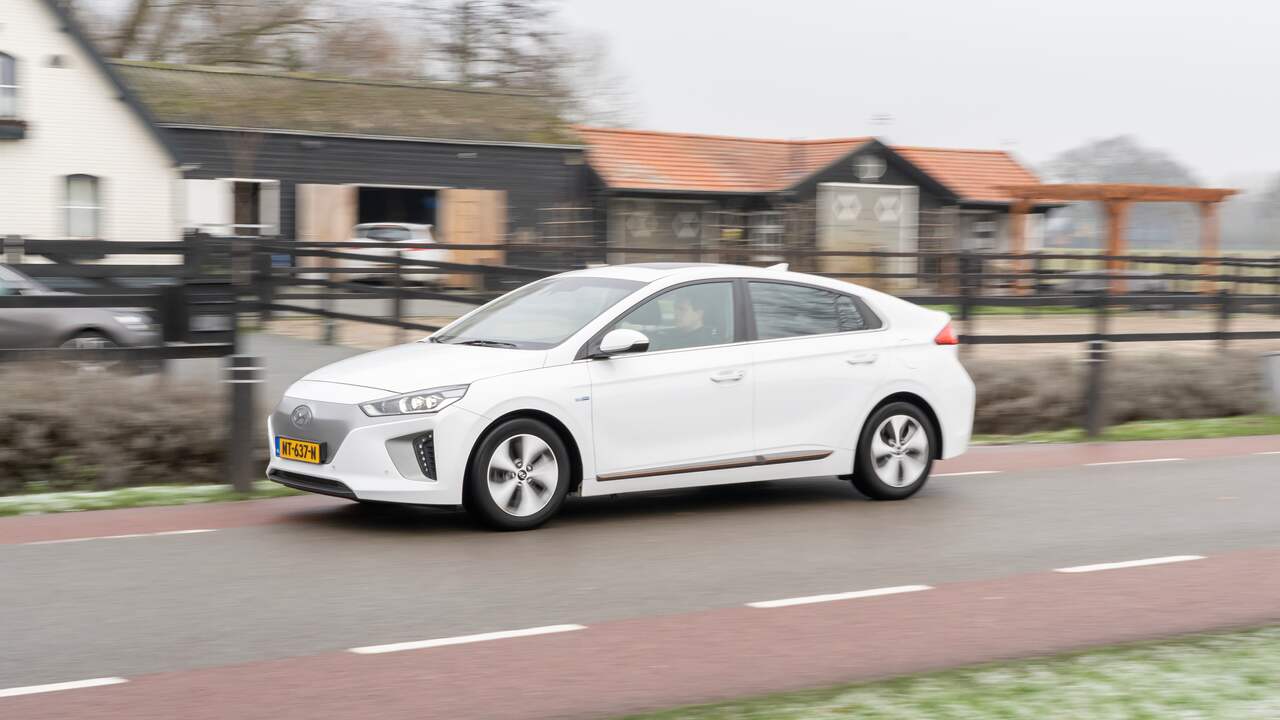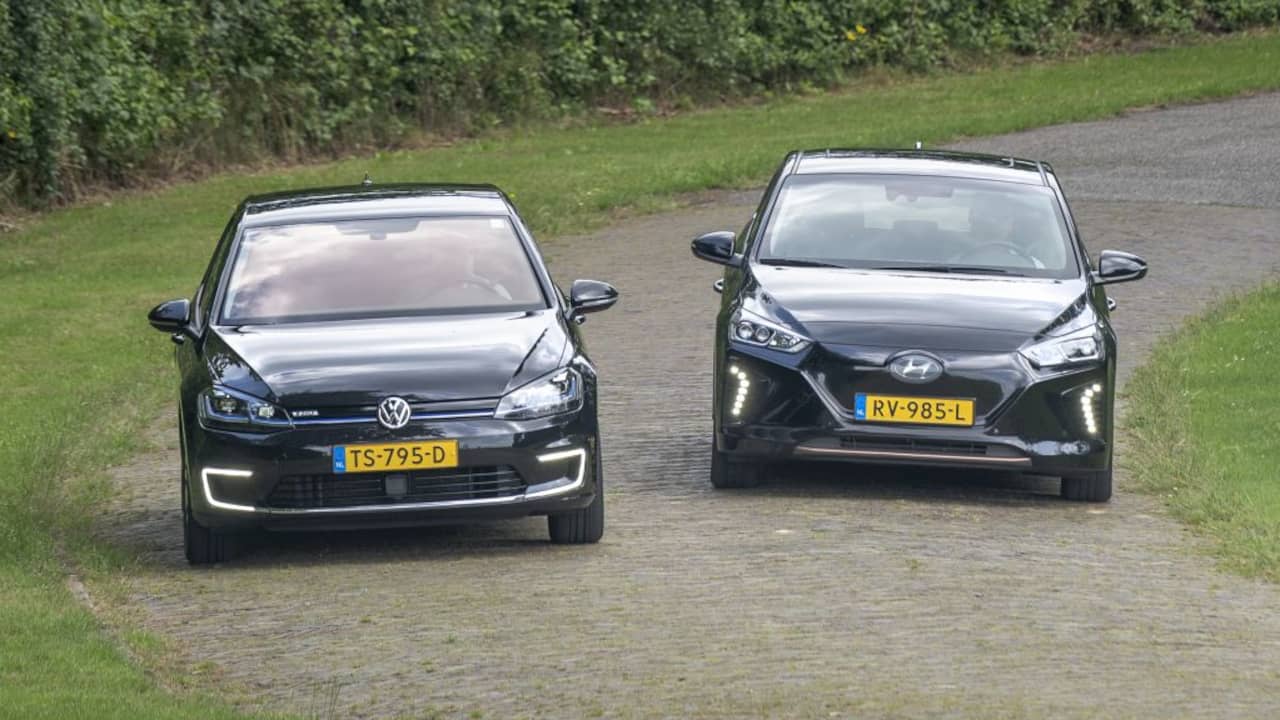Last week this place was about the phenomenon of battery degradation. In other words, the battery capacity of an electric car decreases over time, resulting in a shorter driving range. The first test car was a Nissan Leaf, today the Volkswagen e-Golf and Hyundai IONIQ Electric battery packs are subject to inspection.
In the most recent test, automatic week I’m sure there are no bad battery packs, but a bad all-electric car owner can. There are several things you can do to keep your car battery in good condition, Marcel van Renselaar said last week. He represents Aviloo in the Netherlands, which was originally Austrian. That company has developed a system that allows the battery of each electric car to be measured and determine how much capacity it has left.
“Degradation depends primarily on how it has been handled. A battery that is always fully charged and empty degrades faster than a battery that is always 30 to 70 percent charged. Chemically, a 50 percent charge is the best. Also, a battery does not like extreme cold or extreme heat. A car that has always been kept warm inside usually has a better battery than an electric car that is outside in all kinds of weather.”
the owner of the nissan leaf that, despite a relatively low mileage of 67,000, still had 92 percent capacity left, in his own words, “wasn’t very nice” for his vehicle from the start. Now let’s see if the driver of the next test candidate is a better owner.
‘Not sloppy fast charging’
it’s a white one Volkswagen e-Golf of 2017 with no less than 195,910 kilometers behind him. “The car was mainly charged with the charger we have at home. But if a quick charge was needed on the road, we didn’t neglect it,” explains Mark Meuwese.
Before the purchase, Mark clearly did not act overnight. “I have a background in electrical engineering, so I’m interested in electric vehicles. I deliberately opted for a white car because it keeps the car and therefore the battery cooler. That helps limit degradation.”
Van Renselaar listens approvingly. “It may sound a bit over the top, but a white car is really good against battery degradation.” Measuring it shows that the Volkswagen shows 11 percent degradation after all those miles. “As far as I’m concerned, that’s a very good result.”
‘Own dongle a little too optimistic’
Compared to the owners of the Leaf and the e-Golf, Arjen Baatje took a different approach: he bought a fully electric vehicle hyundai ionic with 154,000 kilometers on the clock. That seems like a pretty daring move, but Arjen also thought twice about buying his car.
“I am well aware that electric car batteries degrade. So before the purchase I bought a dongle on the internet myself, claiming it could do the same as Marcel’s team. I must say I was a bit more optimistic when give results that this one gives now”, he admits.
Baatje has no history with his car. “I only know that the first owner has driven many kilometers in a short time. So I assume that he has often been on the fast charger. There is no other way.”
‘The imbalance is not an immediate cause for concern’
Van Renselaar has a lot to say about the Hyundai’s battery. “The measurement shows that there is a difference of 12 millivolts,” he says. This confirms Arjen’s suspicion, because these are the consequences if the car has been on the fast charger often.
“There is now an imbalance in the battery, which means that one of the battery cells may fail in the future. Then it will have to be replaced”, says the specialist. The dongle Baatje bought couldn’t tell him that.
You can go to the dealer for such an imbalance, but according to Van Renselaar, you can also do something about it yourself. “Drive the car completely empty, preferably to 0 percent, and then trickle charge the battery with the household plug back to 100 percent. Most battery management systems then ensure that the battery cells are rebalanced. Optionally , you can repeat this process several times and better values will be realized.”
The full test result
- Nissan Leaf (67,207 km) had 34.5 kWh, has 31.6 kWh left: 92 percent
- Volkswagen e-Golf (195,910 km) had 31.5 kWh, has 28.07 kWh left: 89 percent
- Hyundai Ioniq (166,125 km) had 26 kWh, has 23.71 kWh left: 91 percent
The test team has a few complaints about the battery life of this specific example, but nothing surprising.

The test team has a few complaints about the battery life of this specific example, but nothing surprising.
Photo: automatic week

“Friendly travel trailblazer. Certified gamer. Evil bacon practitioner. Analyst. Problem solver.”







